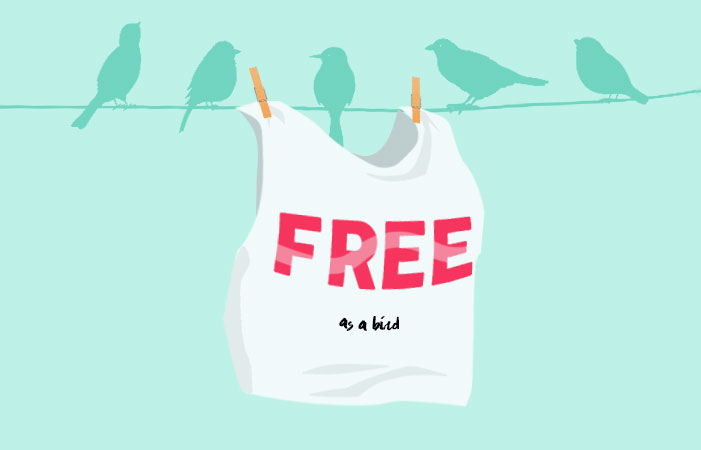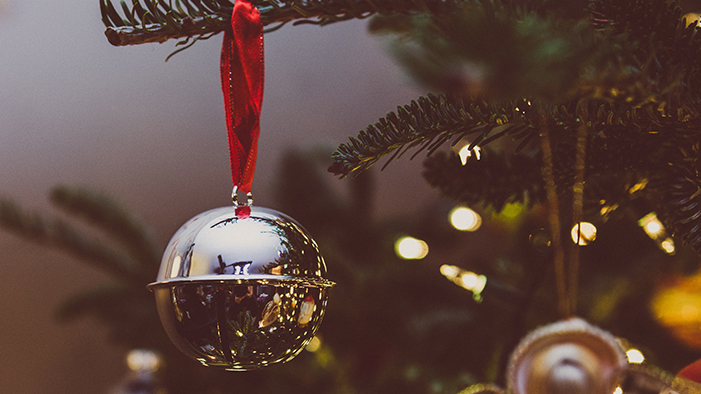The Basics of Safe Breast-Binding
 The human body is a marvelous landscape: one with hills and valleys, caves and crannies, and even a couple of, ehem, heavily forested regions.
The human body is a marvelous landscape: one with hills and valleys, caves and crannies, and even a couple of, ehem, heavily forested regions.
But if you don’t like the look of the purple mountains of majesty above your fruited plain, so to speak, then you might be thinking about experimenting with a process known as binding: the strapping down of one’s breasts with a bandage-like apparatus to minimize their appearance.
Most people who bind do so for gender identity-related reasons (unless you’re a Keira Knightley cosplayer, in which case, more power to ya.) And if you’re a busty individual hoping to pass as anatomically male, your binder can be an essential foundation garment. Before we get into the practical stuff, it’s worth having a think about why you want to bind, if the answer isn’t blindingly obvious. If you have suddenly been #blessed with large breasts by the puberty gods, for example, you might feel a lot better about them after you get fitted for a supportive bra that gives your cleavage some coverage, or even after you’ve had some time to get used to them and let your classmates do a little catching up.
It’s normal to feel a little alienated by the changes taking place all over town during puberty (town = your bod). If you’re particularly concerned and want to sort through your feelings (“I awoke one day to find I had been transformed into a giant cockroach.”), reach out to your parents or your family doctor.
If you are still determined to get busy wrapping up your tatas, take note: You need to follow a few essential guidelines in order to do it safely.
Do not duct tape your breasts.
I repeat, DO NOT DUCT TAPE YOUR BREASTS. You want to gently restrain and reshape your bosom, not kidnap it for ransom. And no ace bandages, either; the non-breathable fabric will trap moisture, which can lead to chafing, rashes, sores, and infection. Instead, make sure you’re binding with a skin-friendly, moisture-wicking material.
Buy the right equipment.
Those with smaller busts may find that the top band of a pair of control-top pantyhose are a safe, inexpensive way to get the desired effect, but if you’re bigger on top, consider investing in a garment designed specifically for breast-binding. You can buy them online from a supplier like Underworks for about $40, or work with a program like Replace the Ace to get a hand-me-down at no cost.
Give yourself some breathing room.
Many first-time binders wrap their chests too tightly, which can lead to the aforementioned chafing and infection, as well as respiratory distress and back problems. (Yes, it is possible to bind your breasts so hard that you permanently mess up your spinal alignment.) A good rule of thumb: If you can’t take a deep breath with your breasts bound, you need to loosen up.
Free-boob it for at least 10 hours per day.
The effects of long-term binding are perhaps best summed up by Julie Andrews in Victor/Victoria, who said, “If I have to strap down my bosom for the next twenty years, they’re going look like two empty wallets.”
In fact, she is not wrong. Binding for long periods, over long periods of time, will eventually cause your breast tissue to break down, making ’em flat and floppy, a.k.a. the “empty wallet” effect. The antidote? Set free your chest from its restraints a few hours before you go to bed, consider going without a binder when possible (i.e., when you’re Netflix-and-chilling alone at home all weekend), and, of course, don’t sleep in it.












